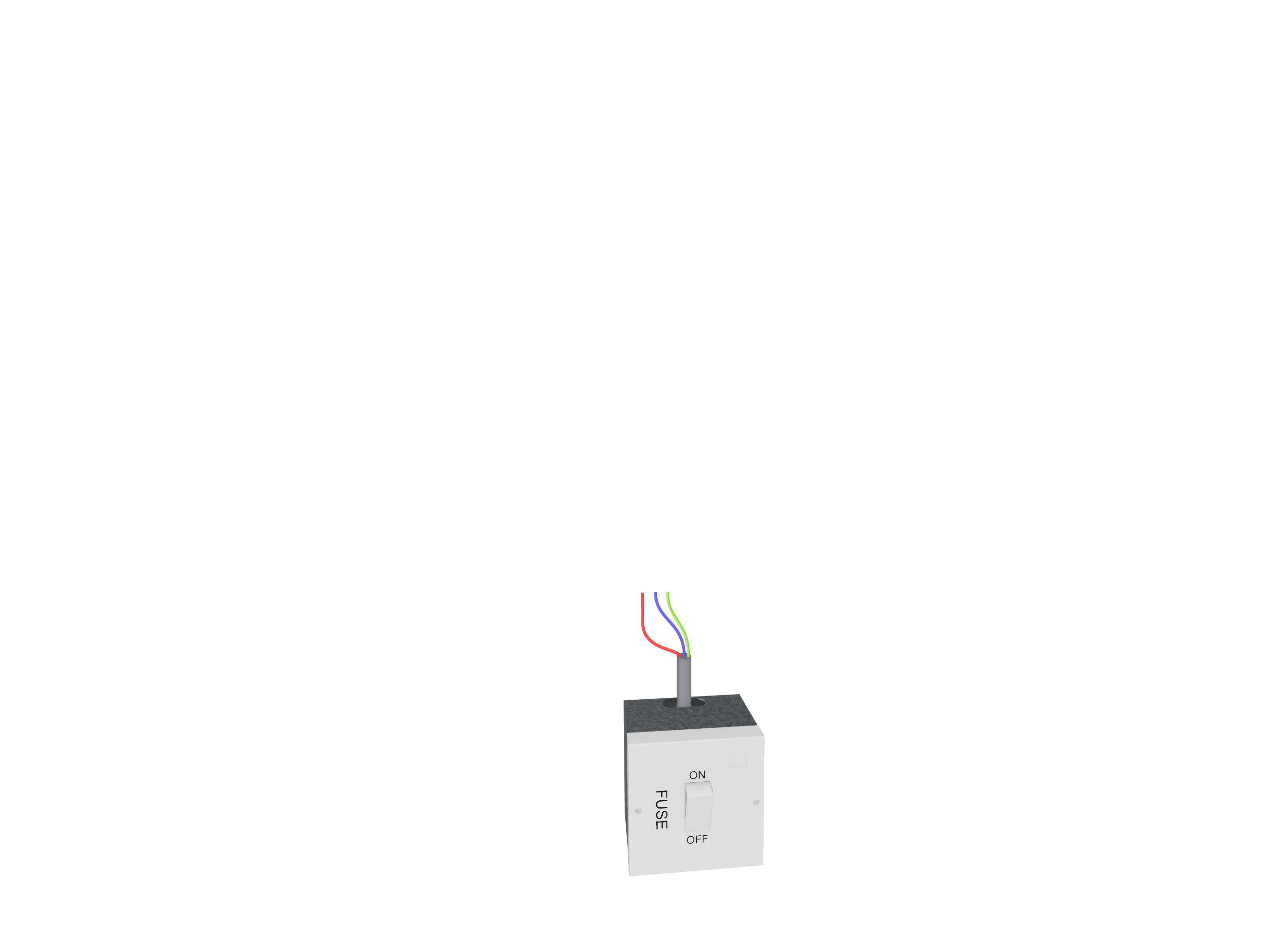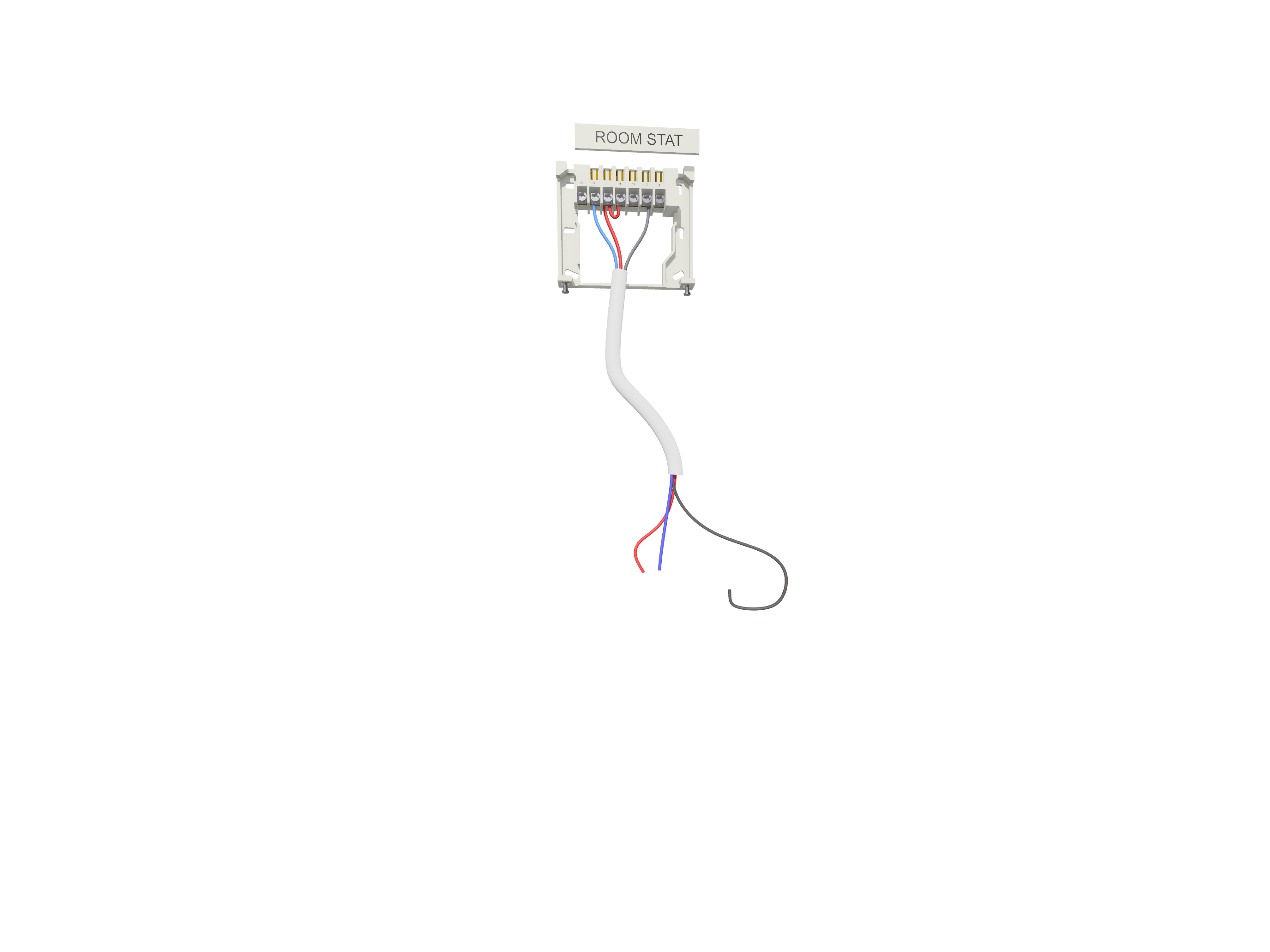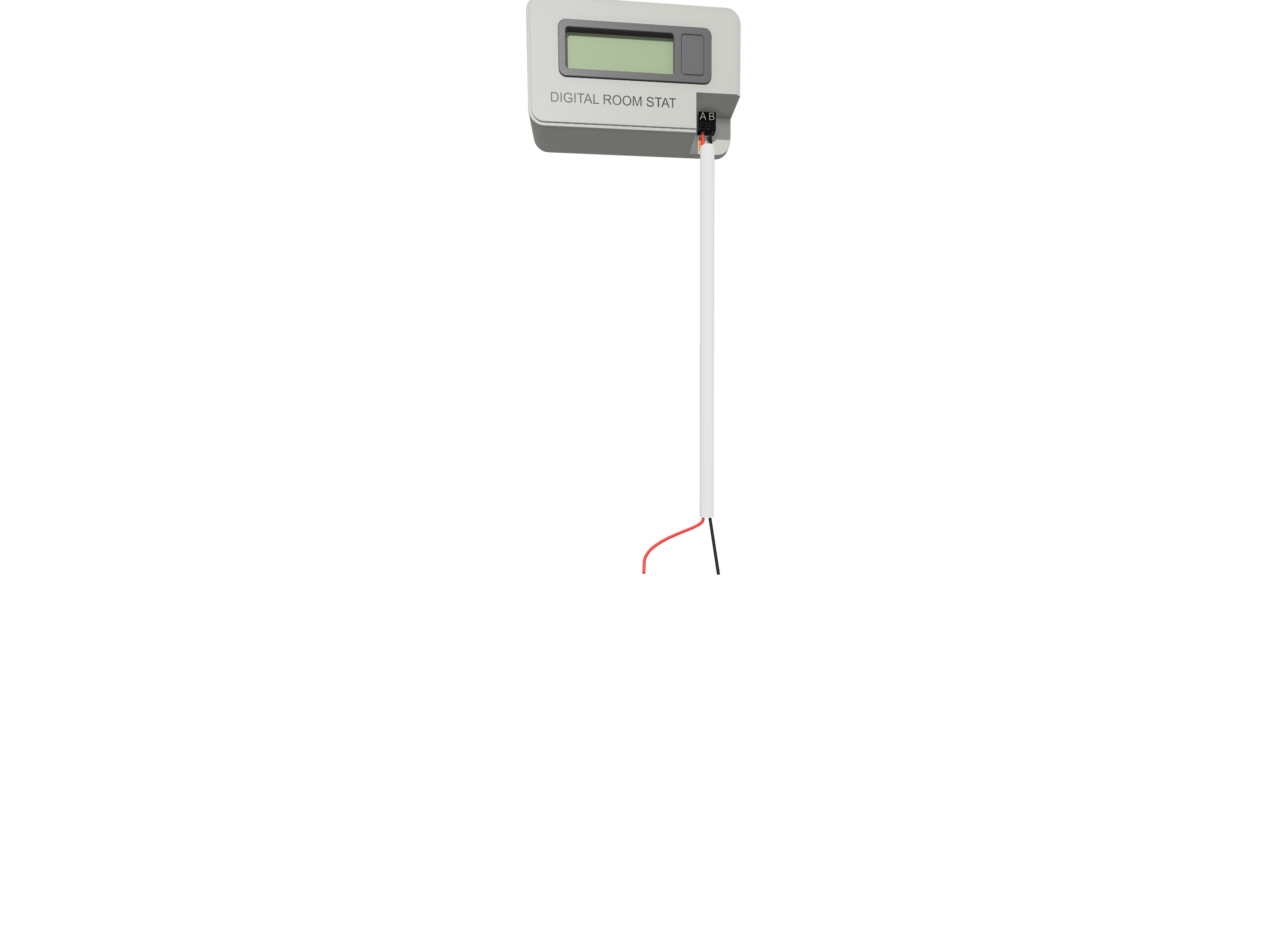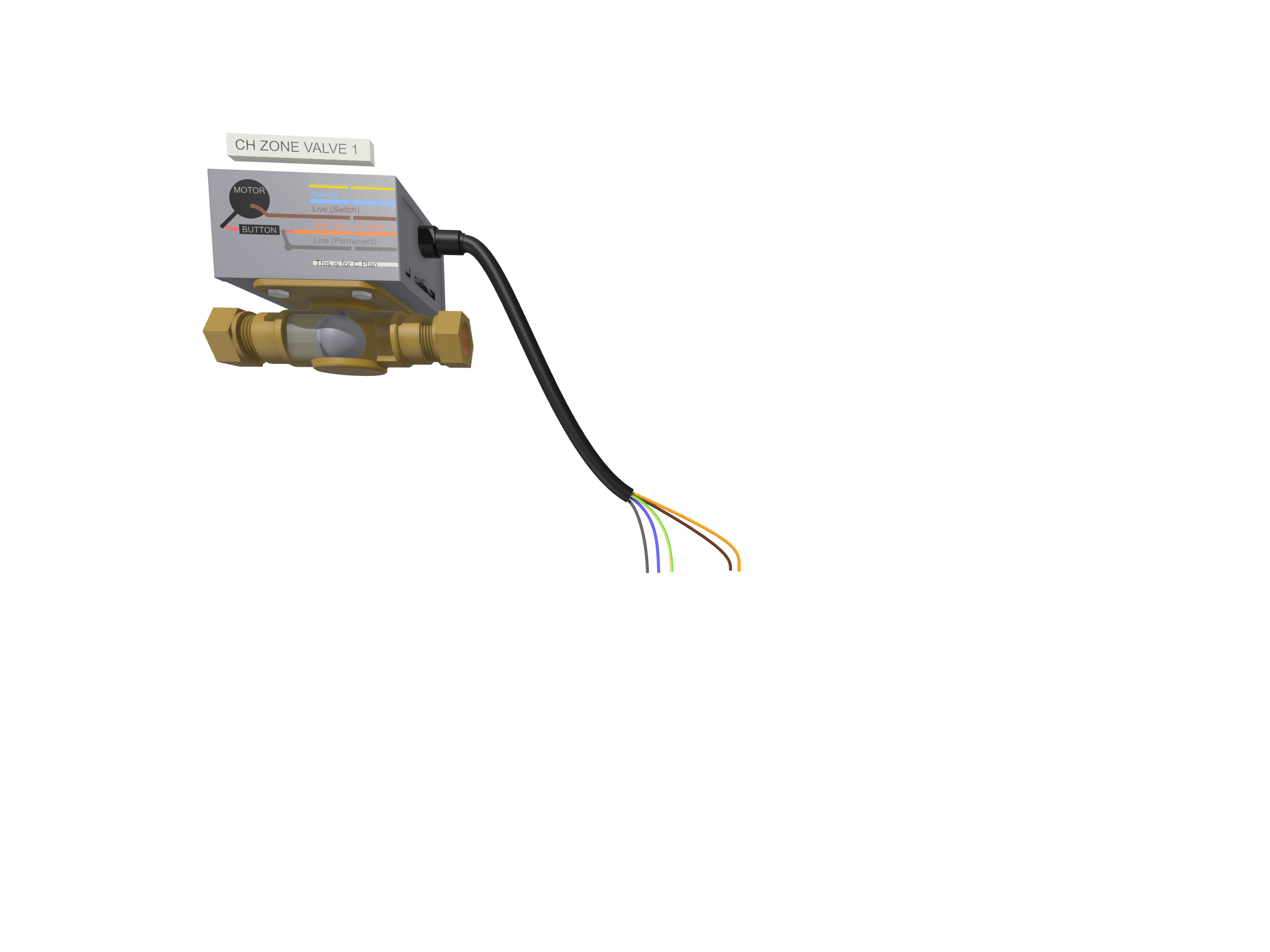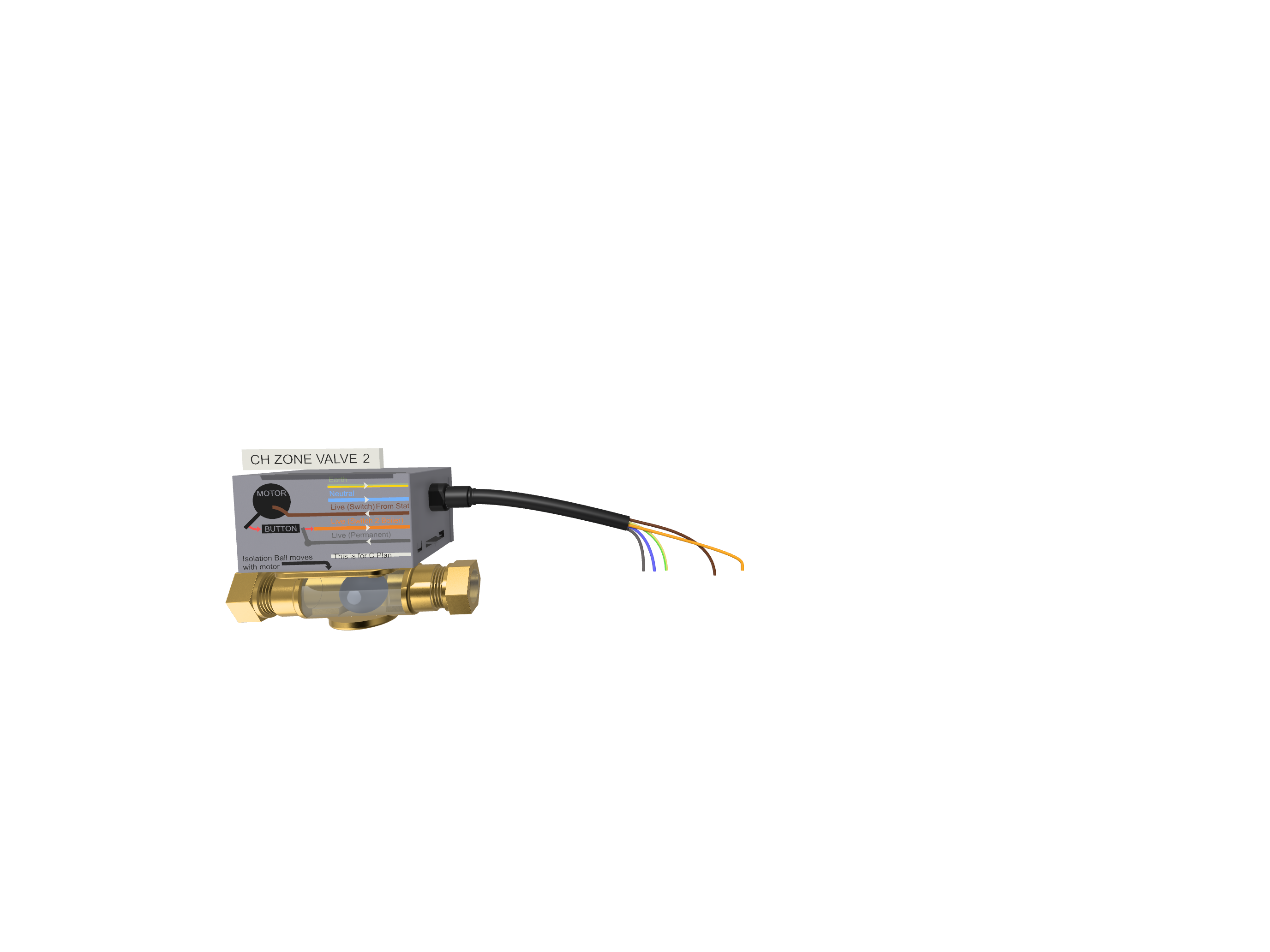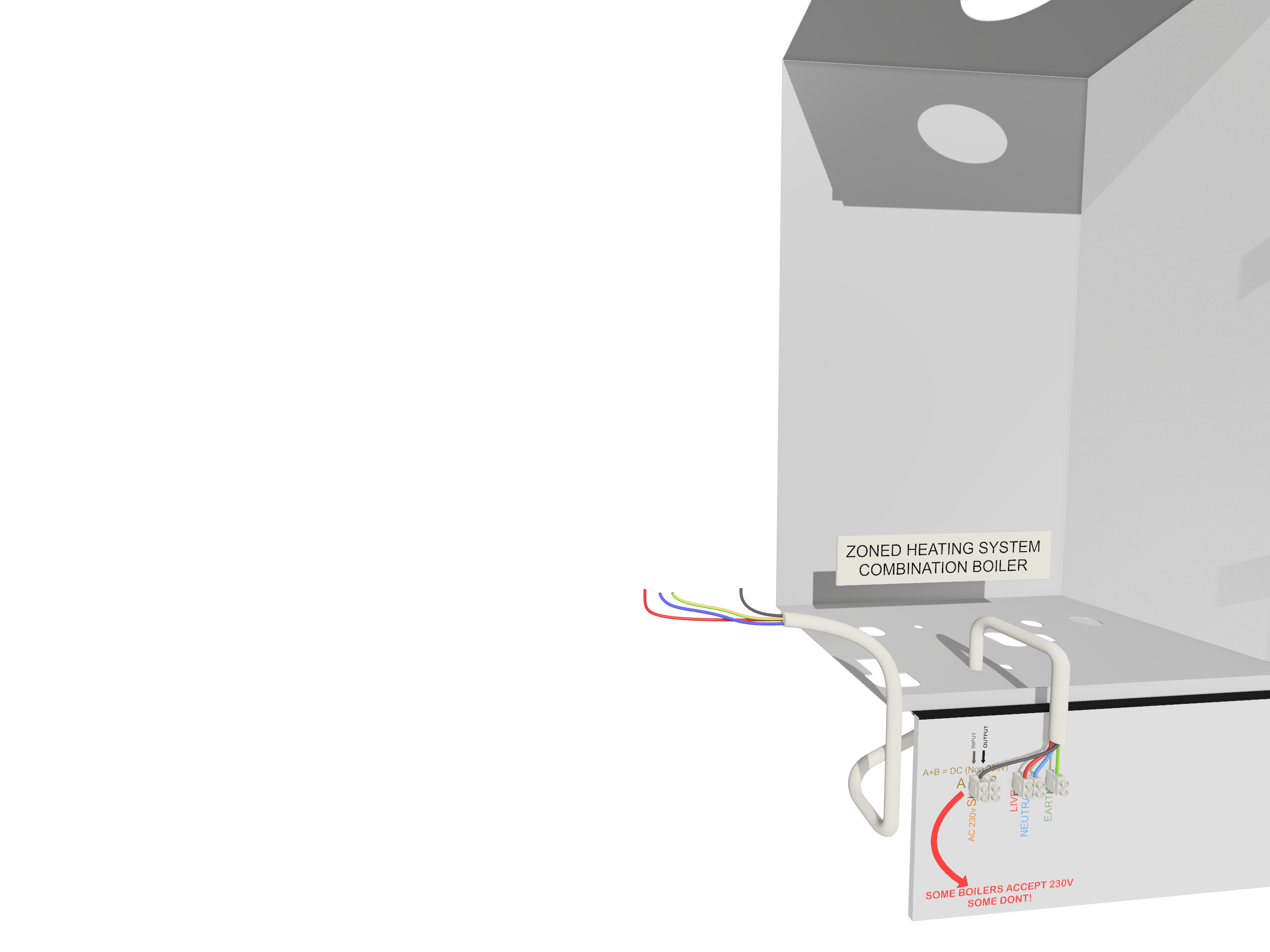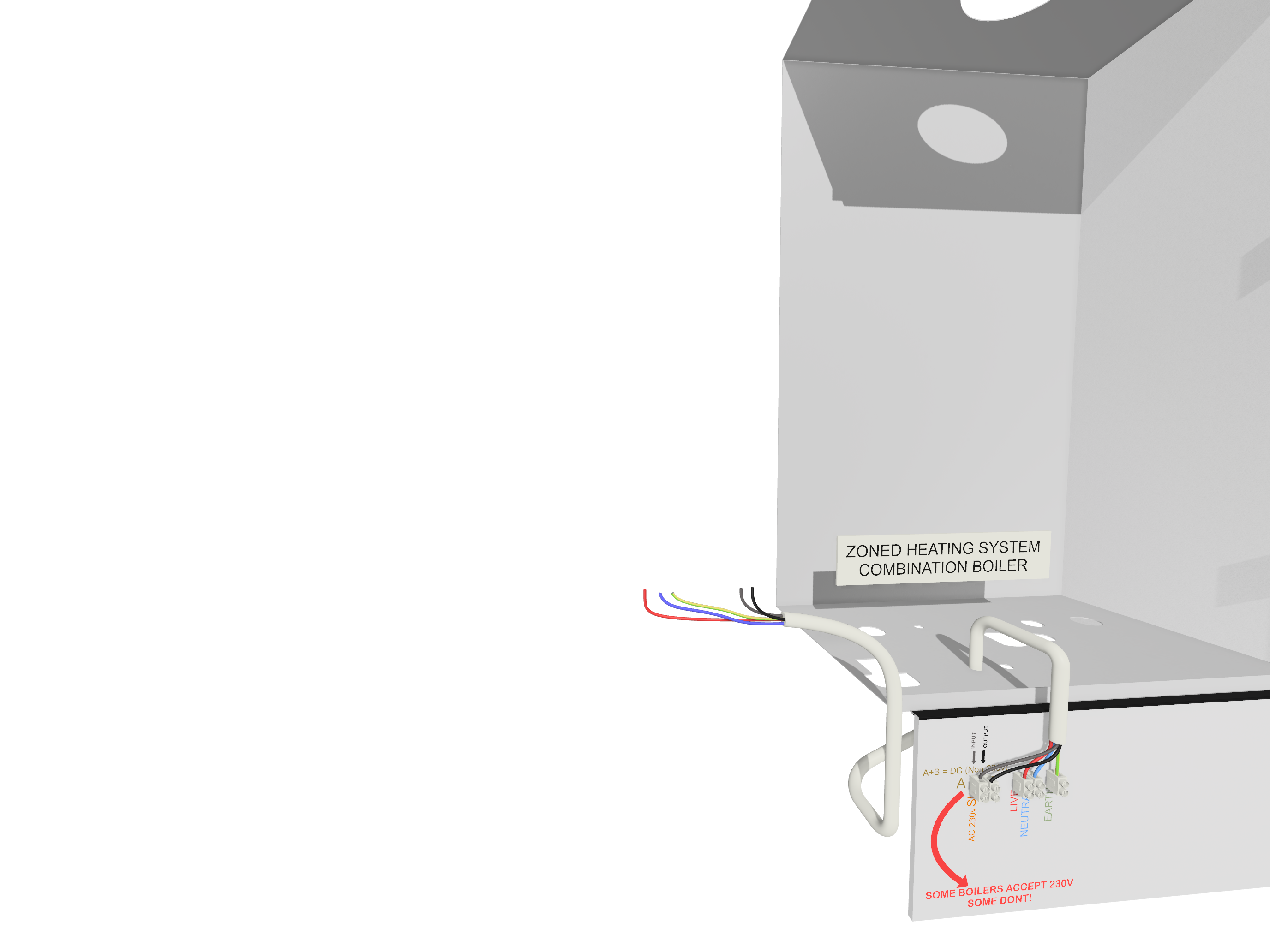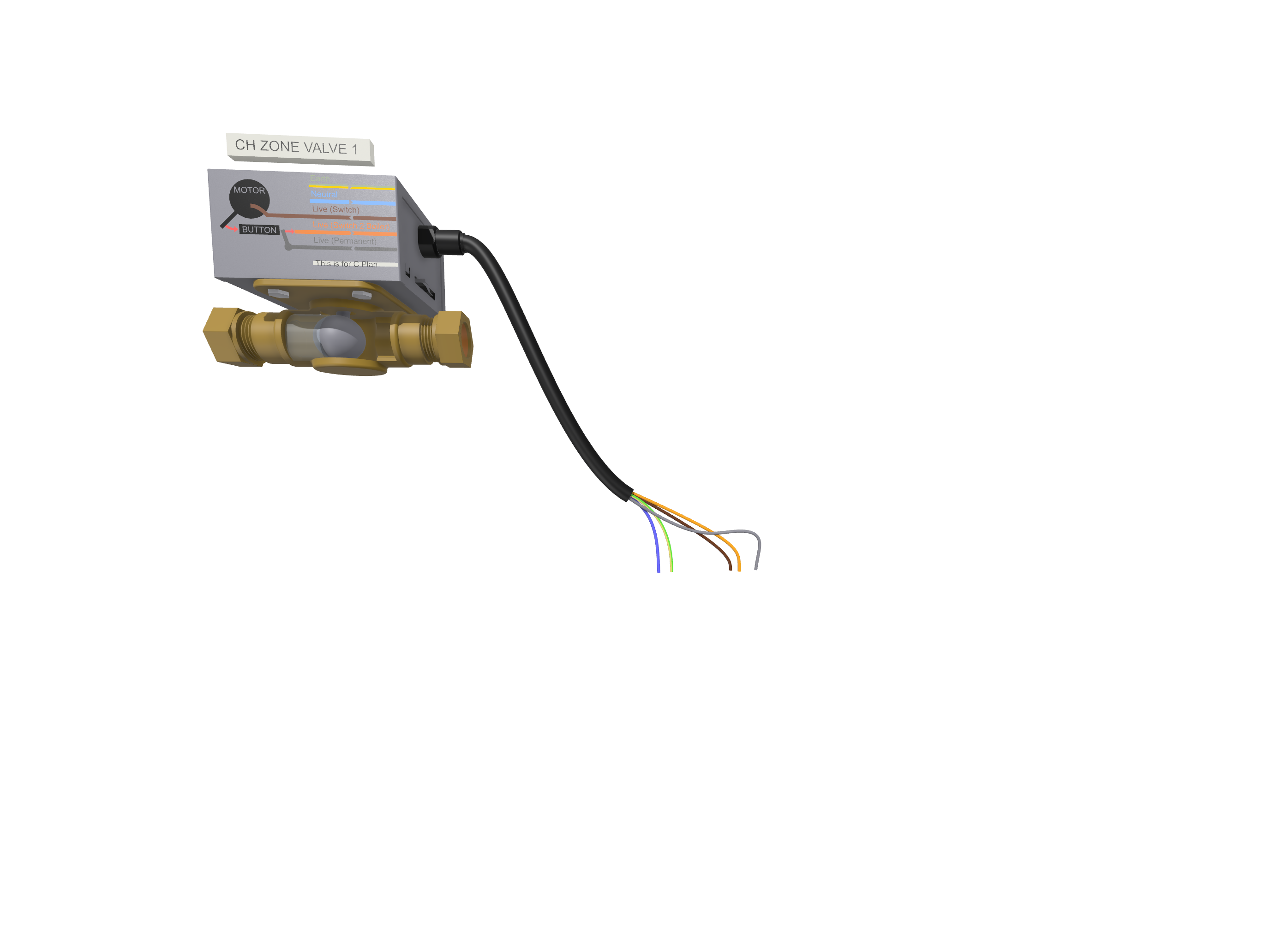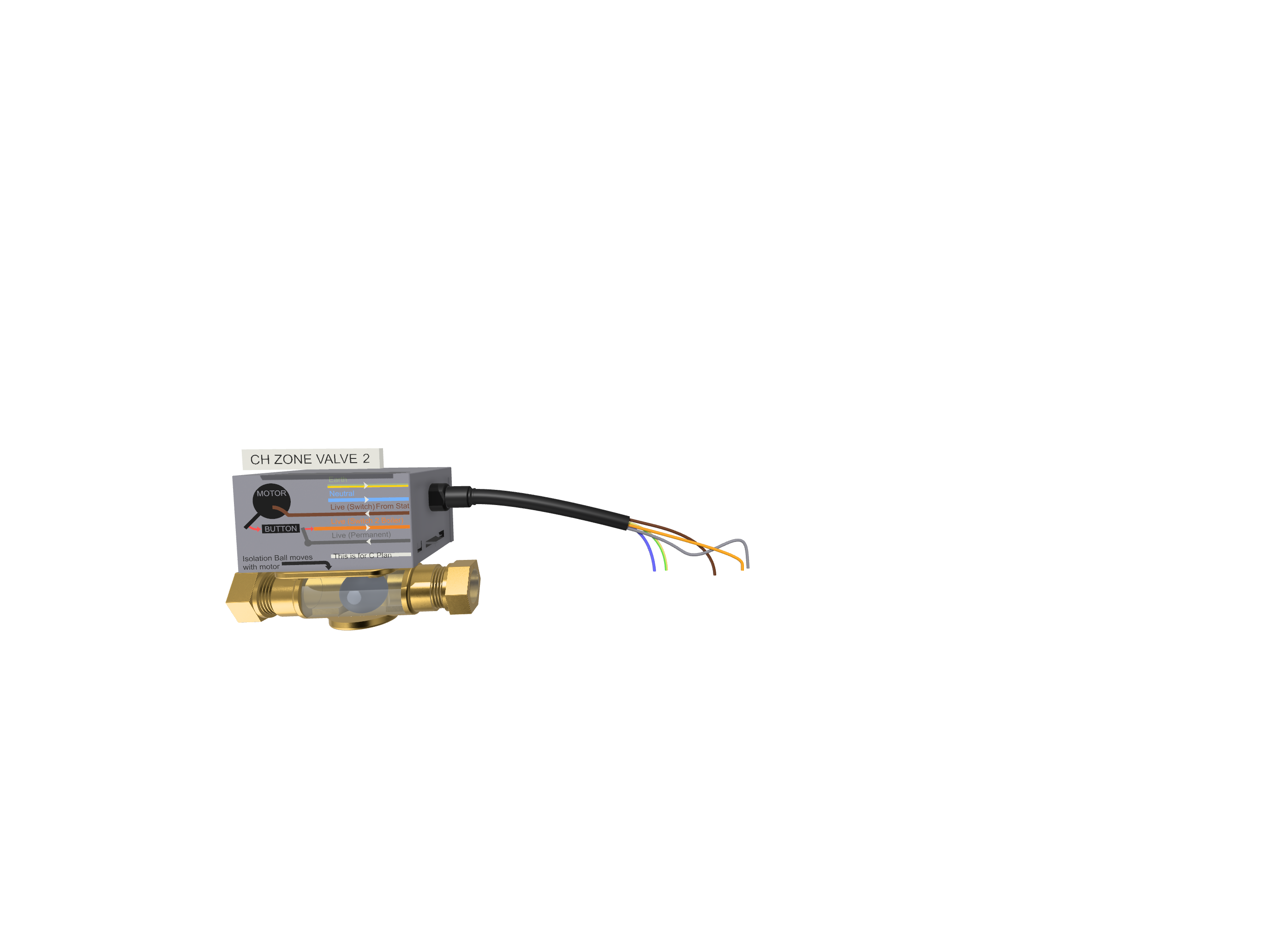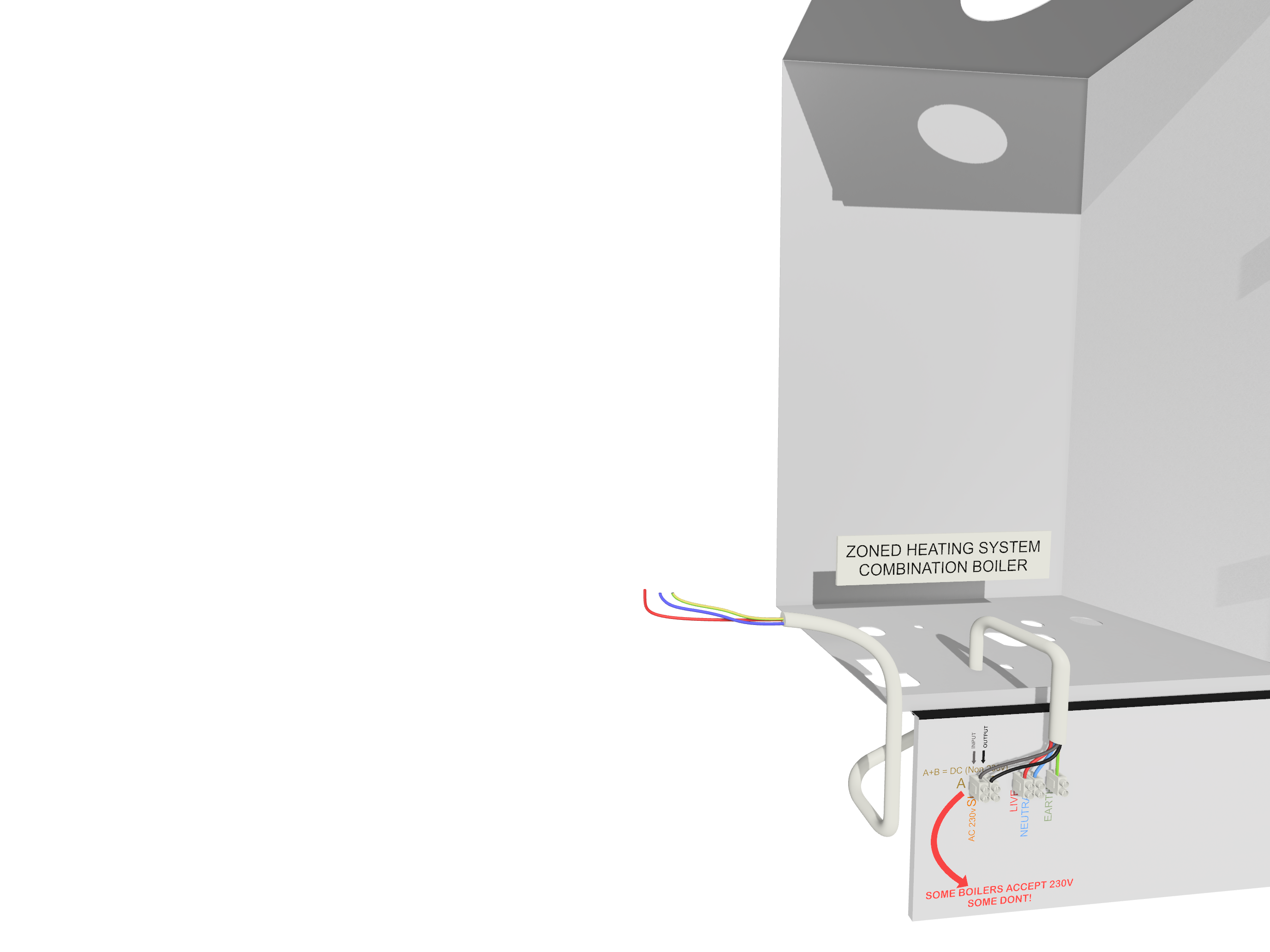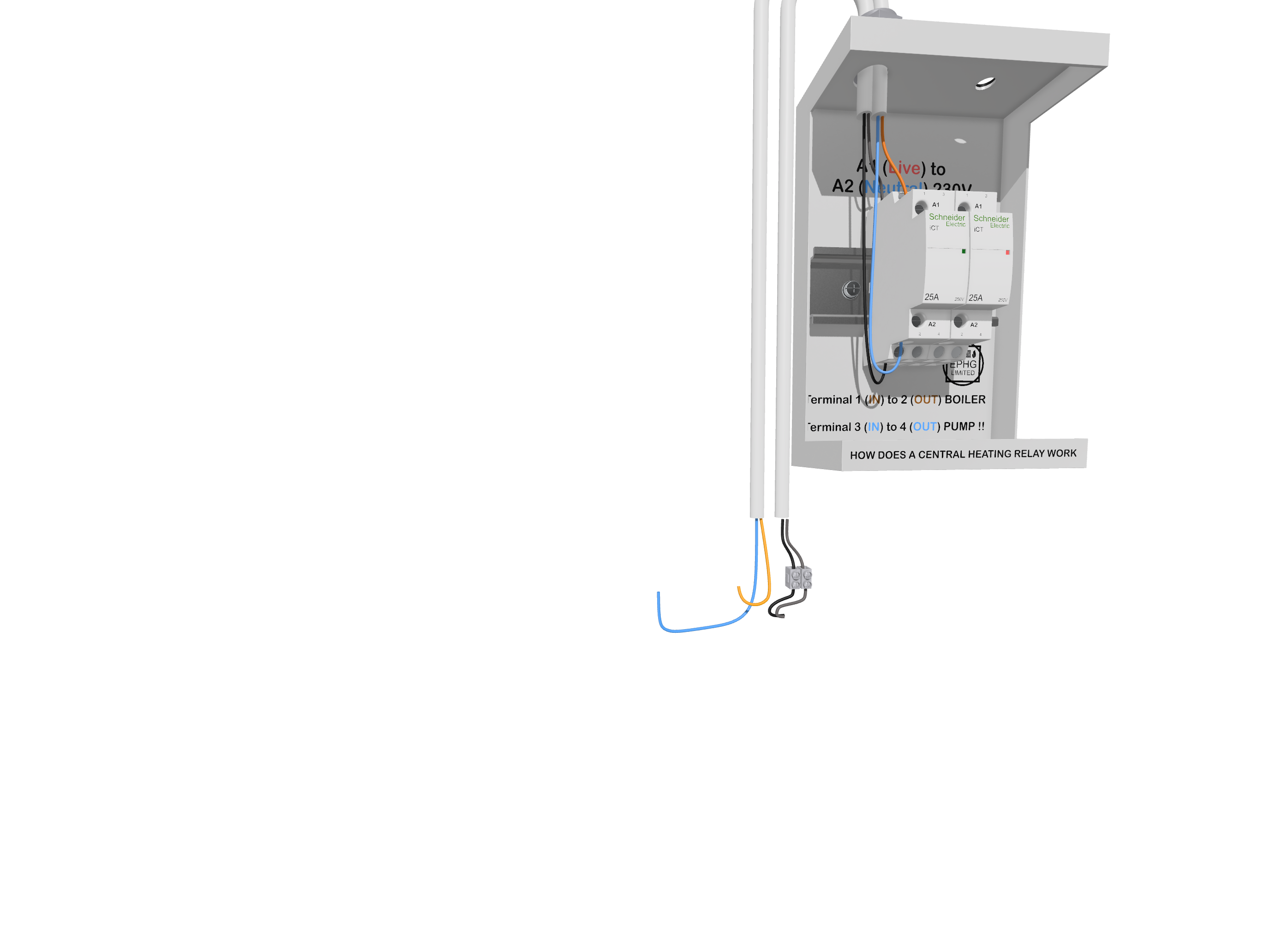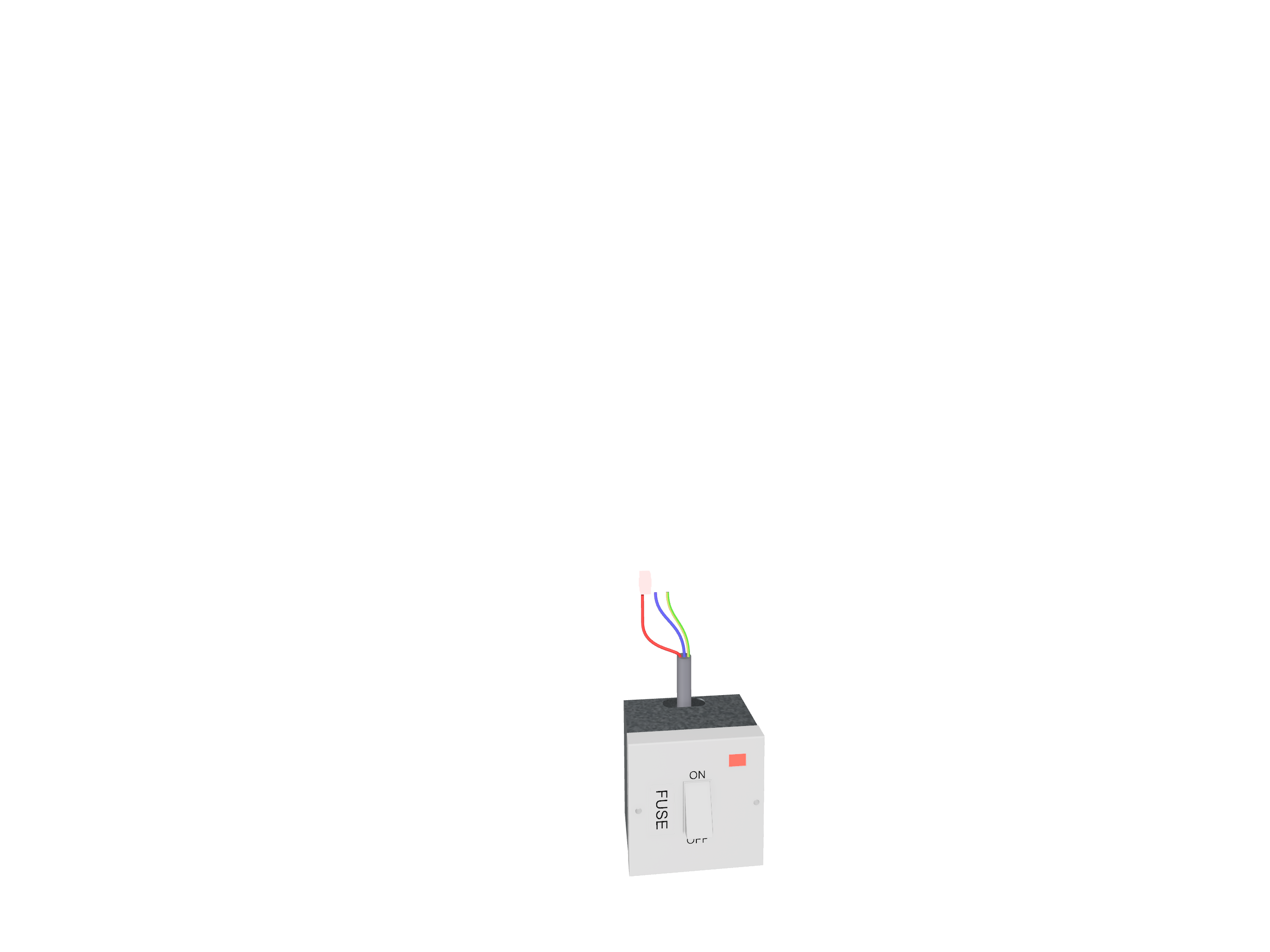To use this diagram, you must be competent and have had the appropriate training in accordance with the standards for central heating systems and boiler fault finding, including wiring for heating systems as outlined in Part L of the Building Regulations and other relevant codes of practice.
240V/24V Zoned Valve Wiring Diagram with Relay
Introduction to 240V/24V Zoned Systems with Relay
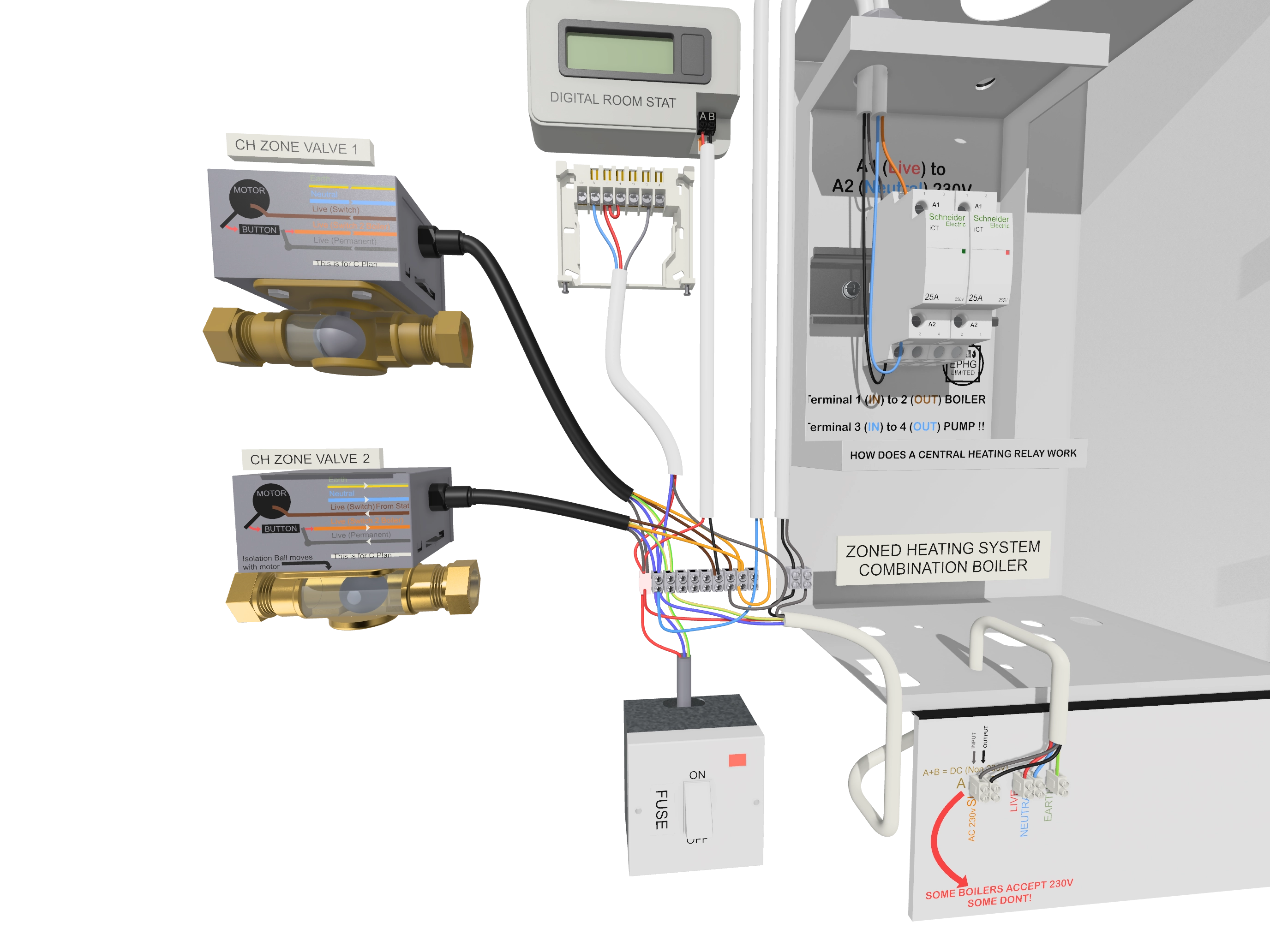
A 240V/24V zoned valve system with a relay is an essential solution for integrating low-voltage controls with high-voltage heating systems. The relay acts as a protective mechanism that enhances system safety, efficiency, and compatibility with modern thermostats and heating controls.
The Importance of a Relay in Zoned Valve Systems
The relay plays a critical role in electrically isolating the low-voltage (24V) control circuit from the high-voltage (240V) heating system. When the thermostat calls for heat, the 24V circuit energizes the relay, causing an internal switch to close. This action allows the 240V supply to power the zone valves while keeping it separate from the boiler’s sensitive low-voltage components.
This separation is crucial as it prevents accidental damage to the boiler's internal circuits, which could occur if 240V were directly introduced into the system. A properly installed relay not only protects the boiler but also improves system longevity and reduces the risk of electrical faults.
Key Components of a 240V/24V Relay System
The essential components of a relay-based zoned heating system include:
- Thermostats: Control heating zones by sending low-voltage signals.
- Relays: Enable safe switching between 24V control and 240V power.
- Motorized Zone Valves: Regulate water flow to specific heating zones.
- Boiler: Provides hot water for heating, isolated from the 240V supply.
- Pump: Ensures circulation of heated water throughout the system.
Step-by-Step Wiring Guide
Follow these steps to wire a 240V/24V zoned valve system with a relay:
- Step 1: Connect the 24V thermostat to the relay's coil input terminals.
- Step 2: Wire the 240V live supply to the relay’s power input.
- Step 3: Connect the relay’s output to the zone valve and boiler control inputs.
- Step 4: Ensure proper grounding and test relay operation.
- Step 5: Test the system by simulating thermostat calls for heat.
Common Wiring Configurations
Depending on the system layout, the relay setup can follow these configurations:
- Single-Zone Control: One relay controlling a single heating zone.
- Multi-Zone Control: Multiple relays for independent heating zones.
- Boiler Interlock: Ensuring the boiler only operates when heat is needed.
Advantages of Using a Relay-Based Zoned Valve System
Relays provide several critical benefits for zoned valve heating systems:
- Electrical Isolation: Protects the boiler from high-voltage damage.
- Enhanced Safety: Reduces the risk of short circuits and electrical faults.
- System Longevity: Ensures sensitive boiler electronics are not exposed to 240V.
- Flexibility: Compatible with both modern smart and traditional thermostats.
Troubleshooting Common Relay-Based System Issues
If your relay-based heating system is not functioning correctly, consider the following:
- No Response: Check for a 24V signal from the thermostat to the relay.
- Zone Not Heating: Verify the relay contacts and wiring connections.
- Relay Clicking but No Heat: Ensure 240V power is reaching the zone valves.
Related Zoned Valve Wiring Guides
Explore these related wiring articles for different system setups:
- 24V Zoned Valve Wiring Diagram – Learn about systems where the grey wire is controlled by a 24V circuit within the boiler.
- 240V Zoned Valve Wiring Diagram – Understand systems where the grey wire connects to terminal 1 for a continuous 230V power supply.
Conclusion
A properly installed 240V/24V zoned heating system with a relay enhances heating control, protects vital boiler components, and ensures long-term reliability. By understanding the role of the relay and following proper wiring techniques, you can optimize the efficiency and safety of your heating system. For a comprehensive overview of different wiring plans, visit our Central Heating Wiring Plans page.


